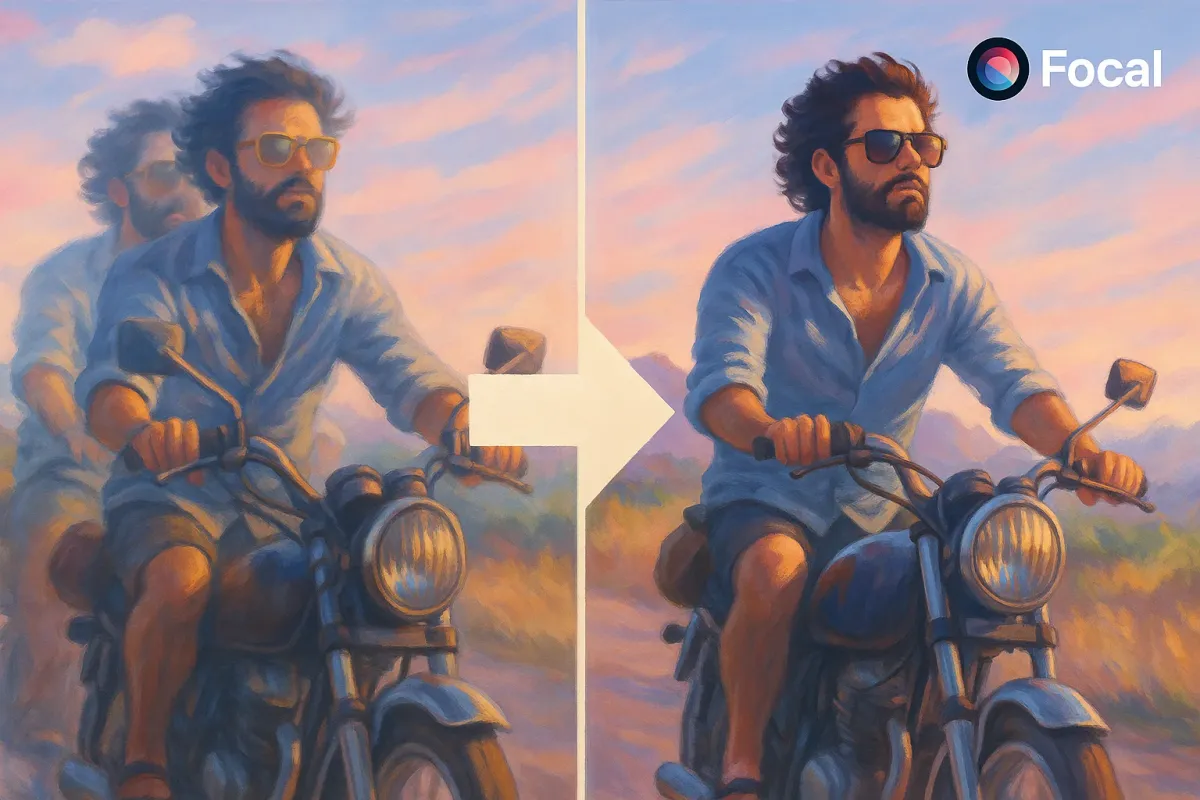AI Video Stabilizer Models You Can Try Right Now

AI video stabilizer models you can try right now are not just for professional filmmakers. They are accessible tools that let anyone smooth out shaky footage without expensive gear. Whether you record with a smartphone, DSLR, or action camera, these AI-powered options can automatically predict motion, remove jitter, and deliver stable video that looks polished.
Unlike traditional stabilizers that crop frames heavily, modern AI models can preserve detail, analyze multiple frames at once, and even correct rolling shutter distortion. That means you can keep the full field of view while still achieving buttery-smooth footage.
Research-Based AI Video Stabilizer Models
If you want to explore models developed in computer vision research, these projects are worth a closer look. While some require coding knowledge, they set the standard for stabilization quality.
- TranStable. Combines Transformers and CNNs to create pixel-level warping maps. Maintains the full frame with minimal distortion.
- GlobalFlowNet. Uses knowledge-distilled optical flow and affine motion smoothing to handle dynamic scenes.
- StabNet. A pioneering deep ConvNet for real-time online stabilization.
- Hybrid Neural Fusion. Synthesizes frames to avoid cropping while keeping footage smooth.
Table: Key Research AI Video Stabilizers
| Model | Key Strength | Best For |
|---|---|---|
| TranStable | Preserves full frame, reduces jitter | High-quality post production |
| GlobalFlowNet | Smooths global motion, ignores objects | Complex shots with moving backgrounds |
| StabNet | Real-time stabilization | Live streaming or low-latency needs |
| Hybrid Neural Fusion | Avoids cropping, neural frame synthesis | Film-style editing with minimal loss |
AI Software Tools Available Right Now
For creators who want results without coding, several AI video stabilizers come packaged as easy-to-use apps. They work on desktops, online platforms, and even mobile devices.
- Reelmind.ai. All-in-one AI suite with real-time stabilization, batch processing, and motion prediction.
- Winxvideo AI. Desktop app with stabilization plus upscaling and frame rate conversion.
- Topaz Video AI. Offers full-frame stabilization and rolling shutter correction.
- UniFab Video Stabilizer AI. One-click desktop tool with multiple levels of shake correction.
- Emulsio (iOS/macOS). Mobile app with adjustable strength, runs on-device.
- TensorPix AI. Browser-based stabilizer that requires no installation.
Table: AI Stabilizer Tools You Can Use Immediately
| Tool | Platform | Standout Feature |
|---|---|---|
| Reelmind.ai | Desktop, Cloud | AI motion prediction and batch mode |
| Winxvideo AI | Windows | All-in-one editing with stabilization |
| Topaz Video AI | Windows, macOS | Deep learning stabilization modes |
| UniFab AI | Desktop | Mild, Moderate, Strong correction |
| Emulsio | iOS, macOS | On-device stabilization up to 4K |
| TensorPix AI | Browser | Quick online processing |
Hardware-Based AI Stabilizer Models
Some stabilizers are built into physical gear rather than post-production software. These combine mechanical stabilization with AI-assisted tracking.
- Insta360 Flow Pro. A smartphone gimbal that uses Apple DockKit-powered AI tracking plus 3-axis mechanical stabilization.
- DJI Osmo with ActiveTrack AI. Gimbal line that integrates intelligent tracking alongside manual stabilization.
Choosing the Right AI Video Stabilizer
- For fast online fixes. Try TensorPix or VIDIO.ai.
- For mobile shooting. Emulsio or Insta360 Flow Pro.
- For pro post-production. Use Topaz Video AI or Reelmind.ai.
- For experimenting with models. Explore TranStable or GlobalFlowNet.
Start Smoother Videos With AI Stabilizer Models Today
AI video stabilizer models you can try right now are powerful enough to make shaky clips feel cinematic without much effort. The best part is you do not have to stick with just one tool. Some are perfect for quick online tweaks, some give you deep control for professional edits, and others are built right into hardware so you get stable footage from the start. It really depends on what kind of creator you are and how you like to work with your footage.
If you want a place where you can test different AI models side by side without bouncing between apps, you can do that inside Focal. It brings multiple AI video tools together so you can experiment, compare, and find the stabilizer that fits your workflow best. Trying it there is the easiest way to see which AI model gives your clips the look you want.
